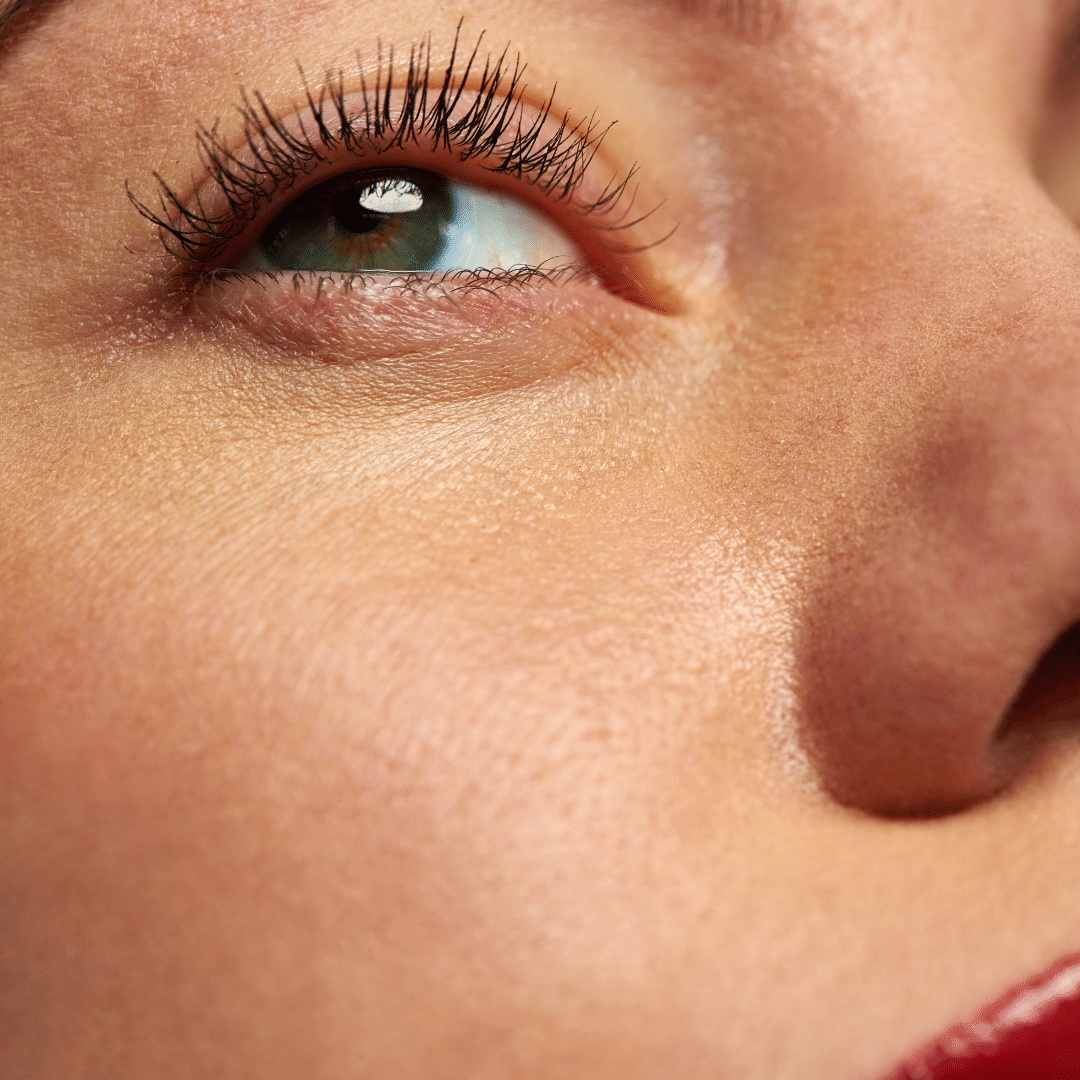SKIN MICROBIOTA

THE SKIN MICROBIOTA, the best care for your skin.
The cutaneous microbiota refers to all microorganisms (bacteria, yeasts, viruses, etc.) present on the epidermis.
Thus, the microbiota of the skin forms with sweat and sebum (hydrolipidic film) a set called skin barrier.
Flora, a diversity rich in benefits
The flora that makes up the skin microbiota performs very useful functions for the protection of the skin and the whole organism.
The active colonization of the skin by the flora makes it possible first of all to prevent, by the lack of space to which it contributes, the installation of unwanted hosts, but also to fight them effectively by drawing the energy it needs within our epidermis.
So you understand the importance of a rich and abundant flora as the first rule of a healthy epidermis.
A well-nourished microbiota for balanced skin.
A poorly nourished and/or damaged microbiota can no longer protect its habitat properly.
The skin microbiota feeds on sweat and sebum (hydrolipidic film), produced by our body. This mixture, creates an environment rich in essential nutrients and is therefore conducive to its life and development on our epidermis.
Thus, the composition and quality of sweat and sebum play a leading role in the balance of the epidermal microbiota.
Many substances can be excreted in sweat and sebum. Such as drugs, proteins and antibodies, but also essential lipids and minerals. The composition and quality of what we ingest and transform therefore directly contributes to the good health of our skin.
In addition, we also know that the composition and size of the skin microbiota vary according to the pH of the treatments used, temperature, humidity and its water/lipid balance.
Maintaining a good quality of hydrolipidic film means maintaining the balance that our skin microbiota needs. Skin that lacks water and/or fat opens the door to microbiota imbalance and inflammation. This is followed by acne, redness, rosacea, dermatitis, etc.
Thus, the sweat/sebum mixture is undoubtedly the best cream for your skin!
Healthy skin is respected skin with a diverse skin microbiota.
HOW TO MAINTAIN YOUR SKIN MICROBIOTA?
By respecting it. And to act on the relationship between bacteria, functions and structure of the skin, it is sometimes necessary to review your skincare routine and choose appropriate care.
During our coaching, we regularly see inappropriate routines and a tendency to accumulate cleanings and care.
The use of creams, lotions, cleansers, deodorants, antibiotics or antiperspirants can have a significant impact on the composition of skin microbial communities, especially excessive and/or prolonged use of antibacterial or overly aggressive soaps.
The greater the exposure to various microorganisms, the more effective the skin immunity will be and the lower the risk of allergy. We also find such an exposure at the time of delivery. Children are more exposed to allergies, asthma and atopic dermatitis when they are born by caesarean section.
With age, hormonal variations also have repercussions on the composition of the microbiota. More sustained intake of lipids (essential fat) is then recommended to rebalance some gaps.
OUR TIPS
- Use skincare products adapted to the pH of the skin (around 5.5)
- Use antiseptic products sparingly and very occasionally
- Do not wash too frequently as this will attack the skin. Rather once a day in the evening in order to respect the integrity of the film made during the night.
- Moisturize the skin with an oil-in-water formula (emulsion).
- Choose natural care (min 99%) without preservatives, and without perfume.
- Dry areas with pleats that can retain moisture well.
- Consume quality oils.
- Massage your face regularly with a suitable oil.
- Drink at least 1 and a half liters of water per day.
Want to know more? Contact us! Hello@ydroiaskincare
